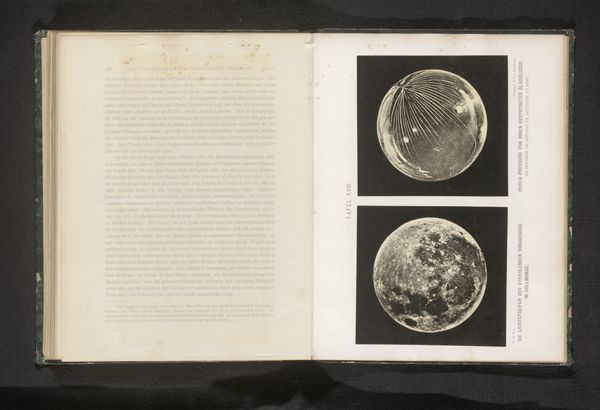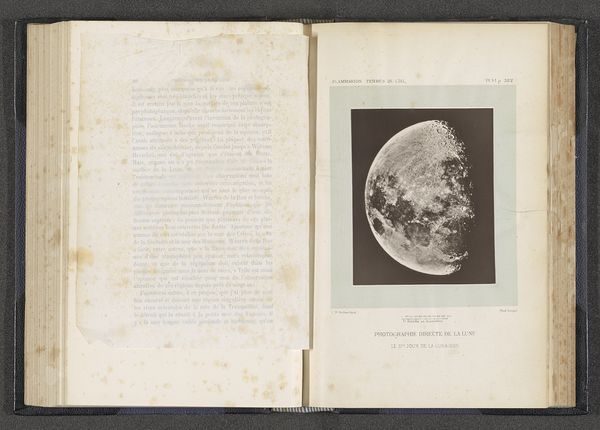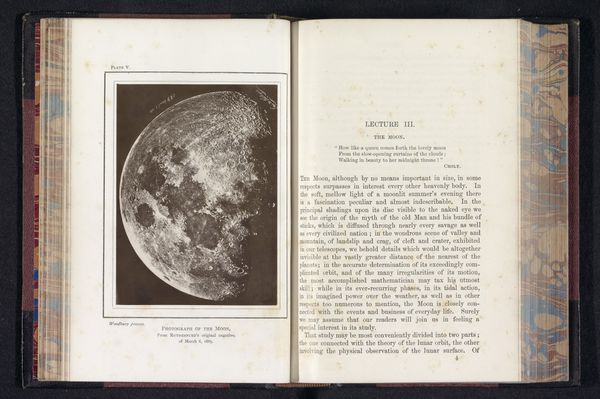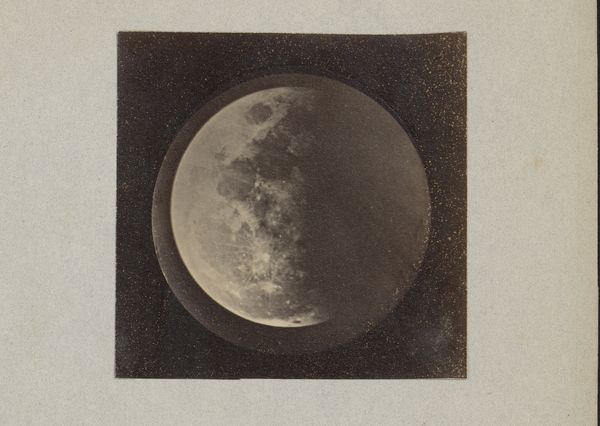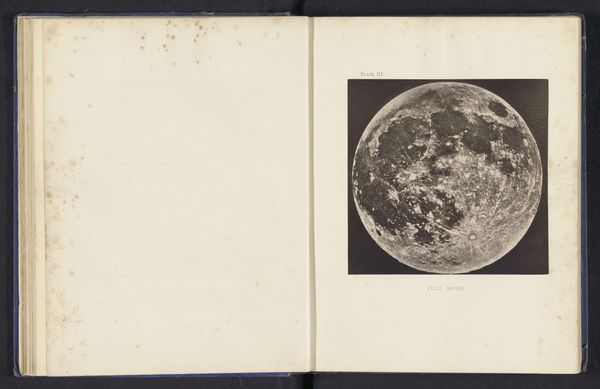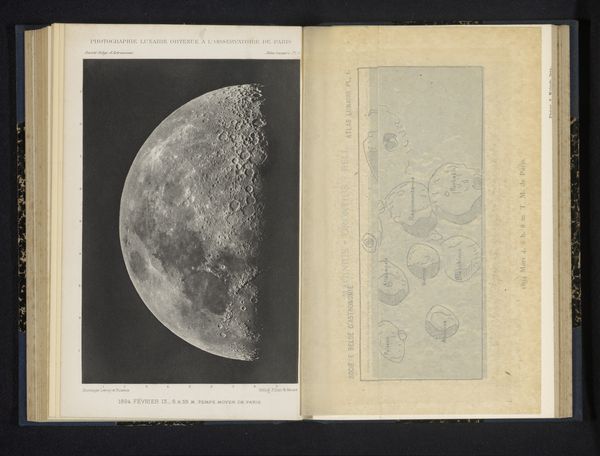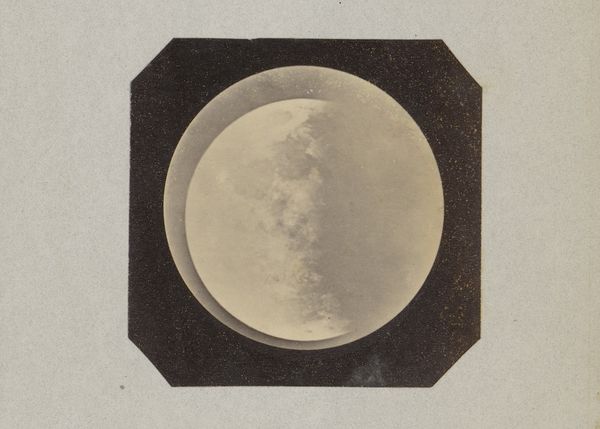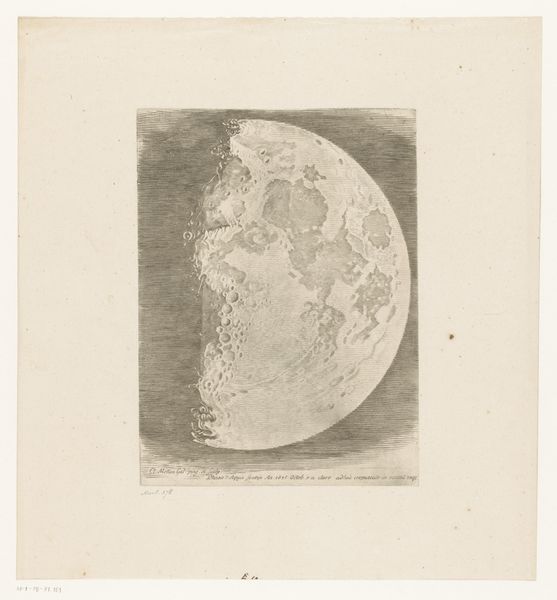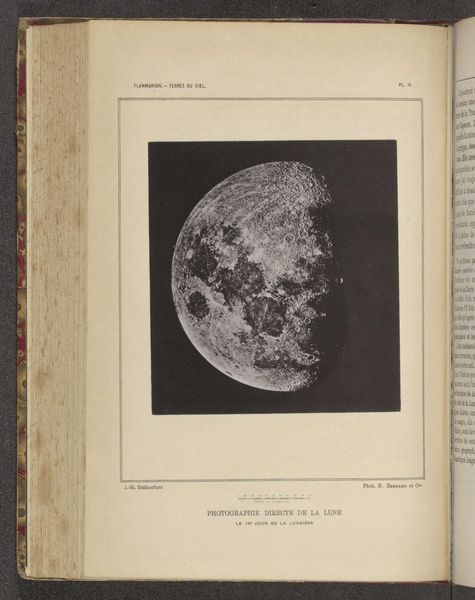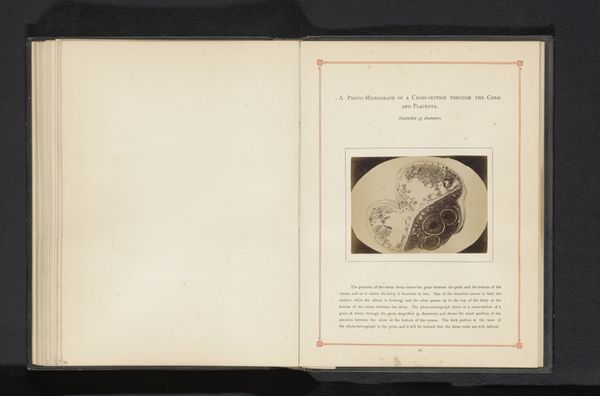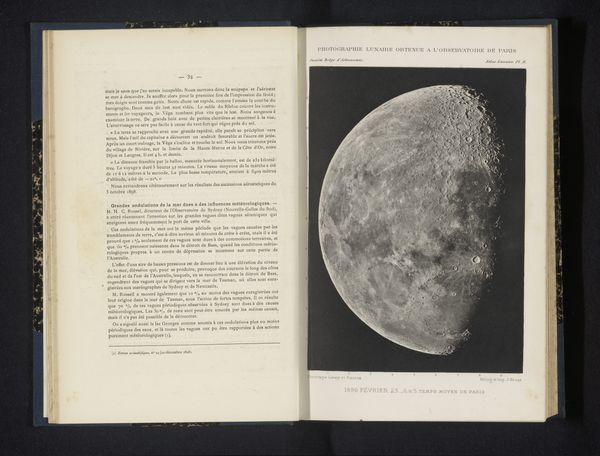
Mikroskopisch-Photographischer Atlas der Harnsedimente 1869
0:00
0:00
print, photography, albumen-print
#
still-life-photography
# print
#
photography
#
academic-art
#
albumen-print
#
realism
Dimensions: Album: 30.5 x 47 x 6.4 cm (12 x 18 1/2 x 2 1/2 in.)
Copyright: Public Domain
This is a photograph from Robert Ultzmann’s Mikroskopisch-Photographischer Atlas der Harnsedimente. Ultzmann, who lived in the late 19th century, was working during a time of significant development in medical science and photography. These images reveal the microscopic structures found in urine sediment of endemic hematuria in Cairo. It is a clinical image, but it is also a photograph, so it also participates in questions of representation and objectivity. The use of photography in medicine raises questions about how we perceive and understand the human body. Photography was often deployed as a tool to classify people based on race, gender, or medical conditions, reinforcing existing social hierarchies. Ultzmann’s Atlas is a reminder of the complex interplay between science, identity, and representation. Look closely and consider how medical knowledge is constructed and disseminated. Consider the power dynamics inherent in medical observation and documentation. It is still relevant today.
Comments
No comments
Be the first to comment and join the conversation on the ultimate creative platform.
